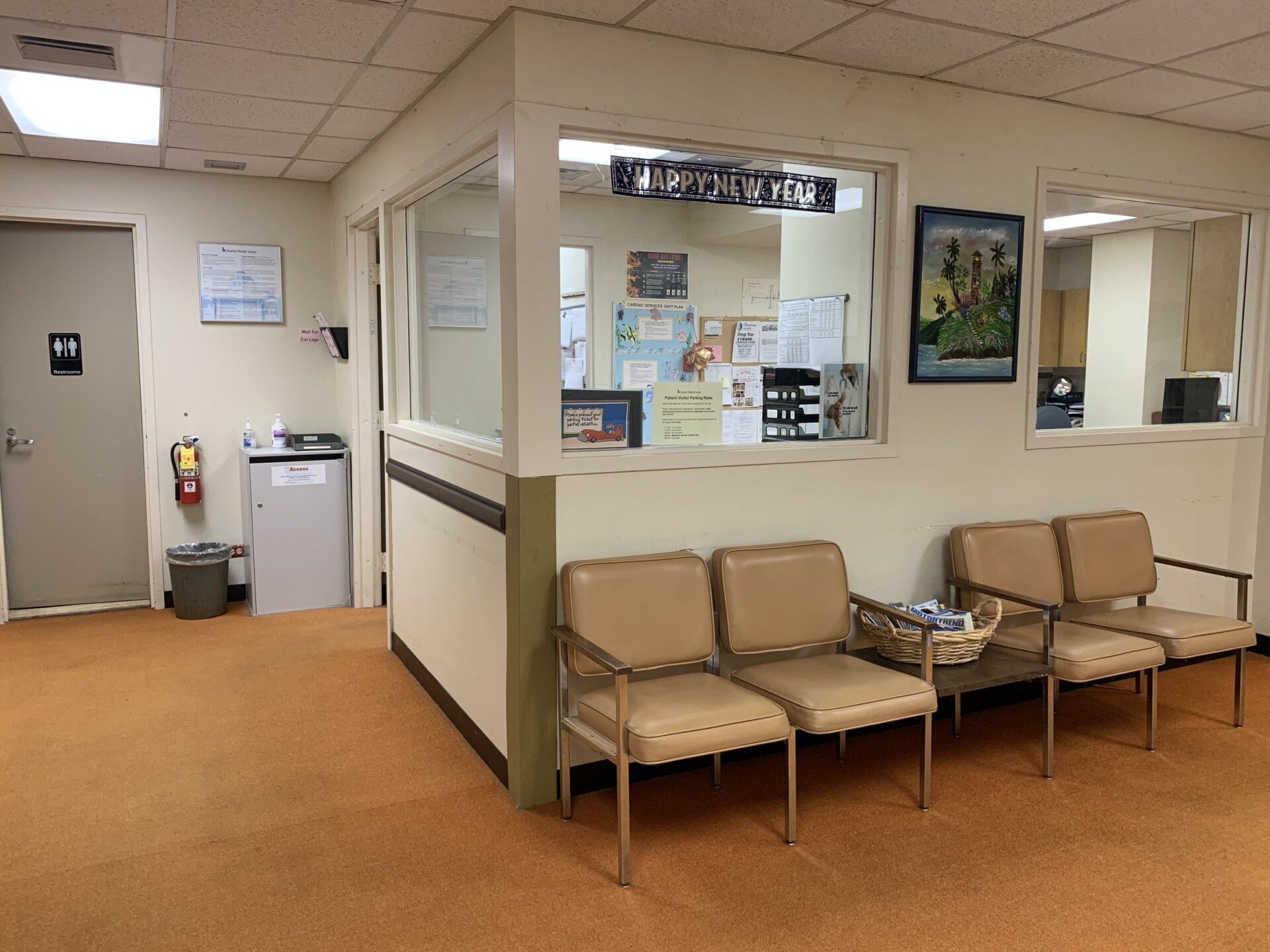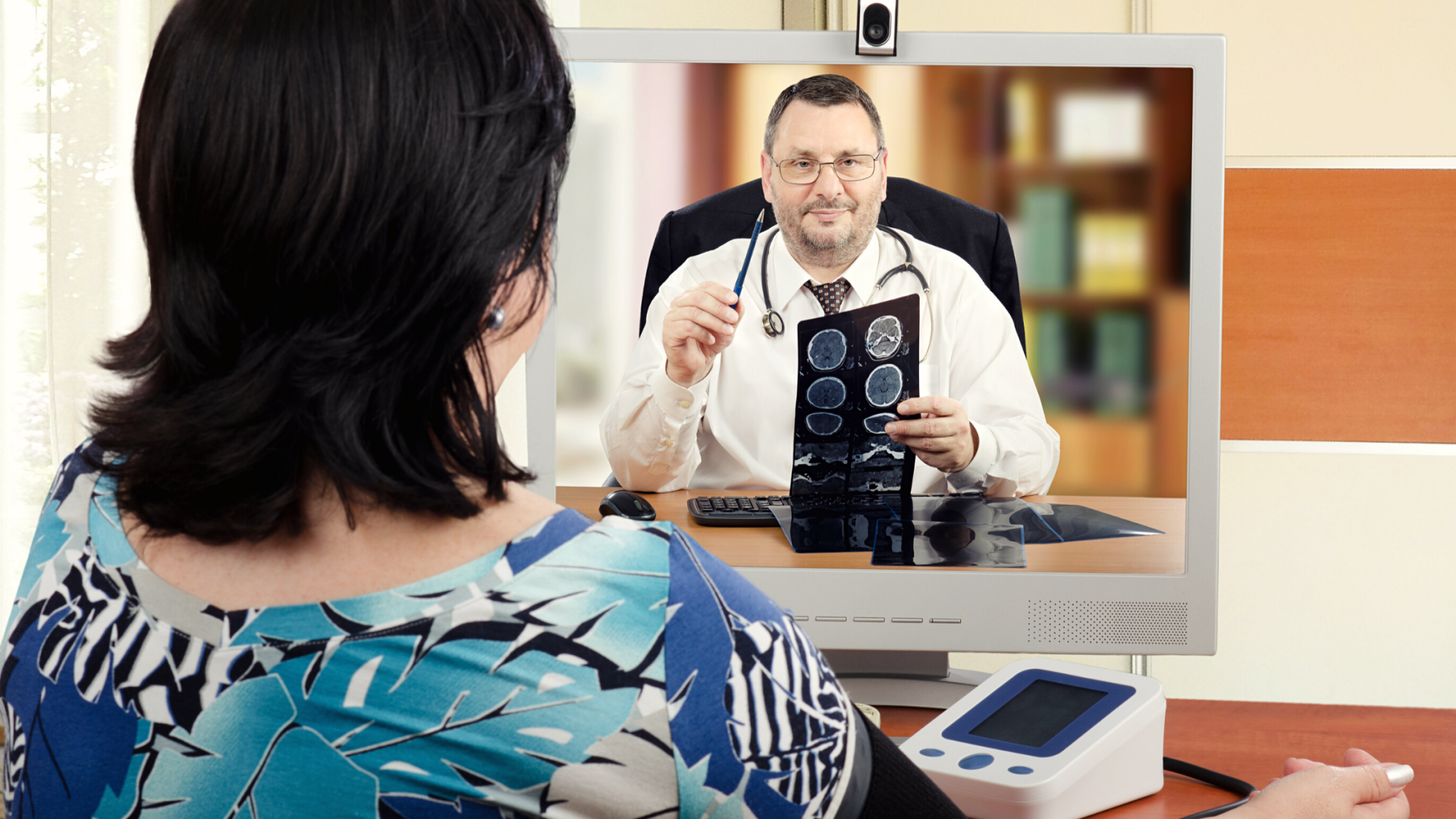


Moving Modern Healthcare To Where People Live And Work

Most people take for granted that medical appointments require visits to a hospital or health clinic. The process typically involves would-be patients scheduling an appointment, requesting time off from their employer--or squeezing it in a visit during a lunch break--commuting to the health service provider, parking, checking in, waiting to be seen, meeting with the provider, checking out, and commuting back to work. What if this process could be simplified? Imagine a new paradigm where employers offer healthcare where their employees actually work? AnovaWorks makes this possible through occupational services like onsite clinics.
What Is An Onsite Clinic?
Onsite clinics are spaces employers offer that make access to licensed providers readily available to their employees. Some serve only minor injuries while others offer primary care and preventative health services. Onsite clinics are becoming popular among both employees and employers alike, saving valuable time and streamlining the services patients need. Some of the most popular uses of onsite clinics include occupational medicine services, work injury treatment services, preventative care, primary and urgent care.
Occupational Medicine Services
Occupational medicine concentrates on work-related illness and injuries. In contrast to general physicians, occupational medicine physicians are trained in state and federal workforce health and safety regulations. AnovaWorks is a full service Occupational Medicine Provider with a board-certified occupational medicines physician on staff. Services include:
- Work-relatedness assessment
- Treatment of work-related injuries and illnesses
- Return-to-work evaluations
- Job fitness evaluations
- Activity prescriptions
- Referrals to specialists
- Care coordination
- Expert case consultation
- Claim declination
- Claim filing assistance
Additionally, ergonomic assessments are available. Formal, in-depth assessments with pictures, measurements and a full report can be performed as an extra, scheduled task. Simple reviews and discussion of ergonomic issues are included in contracts with AnovaWorks.
AnovaWorks also has extensive experience in drug and alcohol screening, specimen collection, program management, and MRO services (charged on a per item basis) under the guidance of three certified medical review officers. The amount of management, number of drug screens, types of screening and the time of coverage determine the equipment, training, and cost services.
Work Injury Treatment Services
Work injury evaluation and treatment is one of the most poorly executed functions in medicine today. Typically, every clinic visit for a work injury involves three parties: the patient, the employer, and the insurer.
Since its inception, AnovaWorks has offered high-quality work injury treatment services, training all incoming providers in the provider’s role--a role created by a law rather than an educational institution. The provider serves the role of medical expert who has an obligation to all of these participants, without bias. All decisions must be made on the basis of medical science and principles. AnovaWorks has copyrighted tools that help with difficult work-related decisions, such as definitions of fitness for duty. Providers learn the importance of offering an empathetic relationship and understanding the patient’s response. Training from AnovaWorks also teaches providers:
- Their responsibility to inform the employer of the event, consequences of patients returning to work, and involvement in the safety process
- The administrative steps of a claim and the responsibility of supplying the claims manager with the essential information when a claim is filed
- The declination requirements when a patient chooses to not file a claim
AnovaWorks focuses on the process and importance of returning to work, how to devise appropriate work restrictions and how to help the employer institute them. Weekly providers’ meetings and daily clinical discussions on Yammer are venues for reinforcing and advancing processes for work injury diagnosis and treatment.
Onsite Preventative Care
AnovaWorks providers all have training and experience in family medicine. They are familiar with common evaluations and interventions, including:
- Annual physical exams for men and women
- Well-child exams
- Immunizations
- Youth sports physicals
Travel medicine consultations are also available as a scheduled event.
Onsite Primary And Urgent Care
AnovaWorks providers are trained to manage onsite primary and urgent care cases to their level of skill and knowledge. If they identify an increased risk, they will make referrals to qualified medical practitioners in the community whom the patient deems acceptable. AnovaWorks is also developing a telemedicine service for physical therapy that will allow most visits to occur at the work site. Primary and urgent care services include:
- Sprains, strains and minor cuts
- Minor burns
- Flu and cold symptoms
- Ear ache, sore throat and fever
- Stings or bites
- Referrals to specialty care, including diagnostic services or physical therapy
Employer Site Healthcare: A New Stage of Healthcare
AnovaWorks is dedicated to sustaining medical services that attract, train, and support quality people who create good relationships and exceptional worker’s comp outcomes, supported by a deep experience in occupational medicine, and who do this every day in small groups in remote sites. This approach is both original and unusual. AnovaWorks initiated this product in the NW and remains the only vendor who serves small--and sometimes remote--clinics that are often hard to produce and sustain.
AnovaWorks is committed to investing in and developing significant telemedicine capabilities that will increase the efficiency of onsite care, yet retain the empathetic relationship of person-to-person contact. They also expect to provide physical therapy visits through this model in order to serve company staff with high-quality care and excellent outcomes, at a lower price. This model will allow expanded and better coverage at remote sites. Simultaneously, AnovaWorks is creating and testing a wellness program with traditional elements and innovative tools that support long-term lifestyle changes.
If you’d like to learn more about how you can take care of patients--not insurance billing--contact AnovaWorks today.
COPYRIGHT © 2024, ANOVAWORKS
